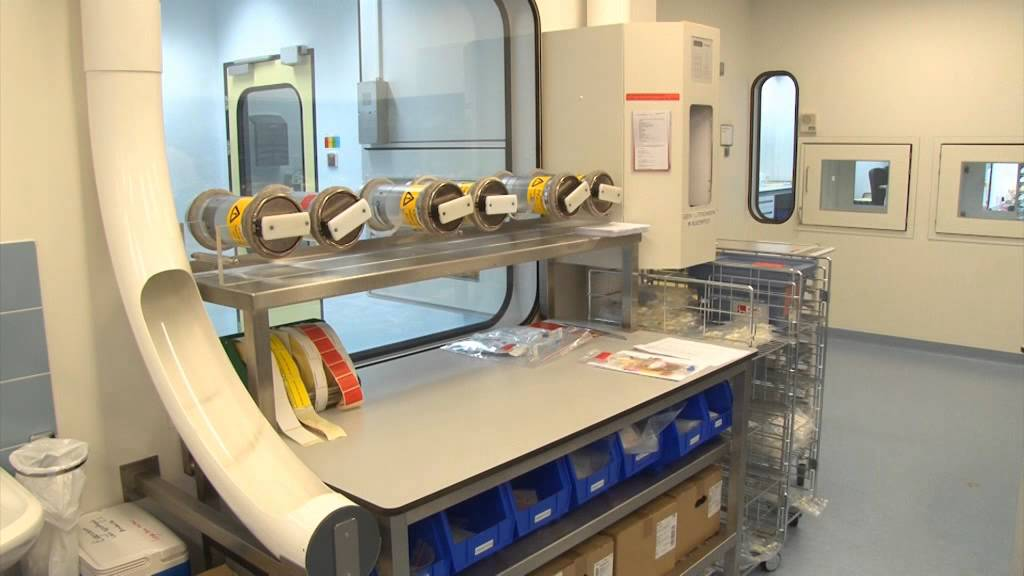Blow-pipe is a tube through which air current is forced and focused on a flame to intensify the heat. In ancient days, a long tube called blow pipe was used to blow poison-tipped darts through it for capturing wildlife. This same concept is used in the pneumatic tube system technology.
Compressed air is blown from one end and sends small things down longer pipes linked with different remote zones within a hospital. In this digital era, hospitals, departmental stores, factories and more still depend on the PTS transport solution to move their cash packets, medicines or other small things with efficiency, speed, and security.
How does pneumatic tubes work?
Pneumatic tube system is also called pneumatic transit system, air transport or airlift. It is a very simple transport process. Let’s learn more with an example. Suppose you link a central sending station with the lab department. The sending station has a door, which opens inside a tube that runs all the to lab department where it is connected to a receiving station with door.
The receiving station has compressed air pump, which is attached and sucks or blow air in the tube. It acts according to the signals given via the touchscreen or an LCD display. The receiving and sending stations have flashlights or ringers or chimes to signal.
Majority of time, lab department collects the blood samples or tissue specimen therefore it will bet set on a vacuum or receiving mode. It means compressor will work like vacuum cleaner sucking air from sending station. The specimen is placed in a leak-proof canister, which is positioned inside sending station and door is closed.
As the nurse, presses in the destination code of receiving station, partial vacuum gets created in carrier’s front and sucks it all the way till it gets received and unloaded at receiving station. The empty carrier is then sent in opposite direction by configuring the compressor to blow air behind it and push towards the sending station.
A vacuum cleaner has limited suction power [depends on electric motor], similarly pneumatic transport tubes have limitations in –
- What they are able to carry?
- How far they can transfer?
- How fast they can move?
Carriers are solid, durable, and leak-resistant as well as sealed for safe transport of sensitive medicines or biohazard materials. You can get carriers in 4” and 6” sizes with different half color options, so that you can view the content inside the carriers. Color also helps to identify department-specific uses. Maximum weight of small payload that can be transported within a carrier is up to 5 kg.
An automated computer control system links a healthcare facility with multiple sending and receiving stations. The packages can be routed and transferred in several complex ways. However, there will be dozens of blower or compressor units to deliver the pneumatic power.
Healthcare PTS network installation will consist of –
- Exhauster or blower
- Air switching system
- Pipework
- Diverters
- Stations
- Control wiring to link everything together
- Controller device for process control
Advantages of PTS
- Fast, simple, and secure way to transport small things across or between buildings on same site.
- Things can be moved up, down or sideward due to air pressure.
- Pneumatic power delivers smooth air-cushioned ride and lands shock-free at receiving station.
- Saves time to deliver things within the building on foot.
- Reduces the opportunities of accidental damage or contamination problem during transit.
The disadvantage is that tubes linking multiple stations need to be designed properly!

